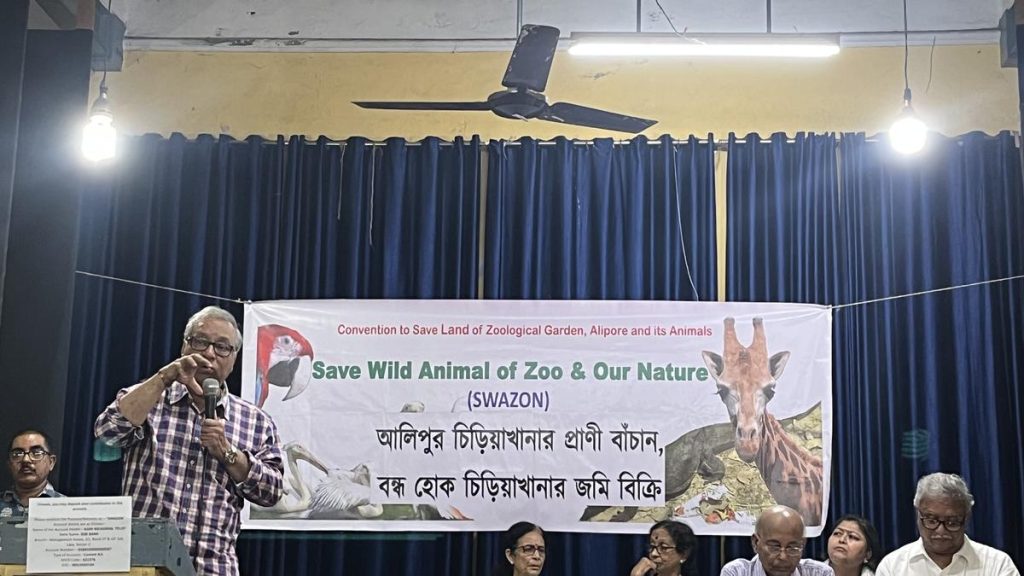Now Reading: US Braces for Triple-Digit Temperatures Amid Heatwave
-
01
US Braces for Triple-Digit Temperatures Amid Heatwave
US Braces for Triple-Digit Temperatures Amid Heatwave

Rapid Summary
- Heat Alerts: The National Weather Service (NWS) issued extreme heat warnings, watches, and advisories across the South and parts of the Midwest in the U.S. due to a “heat dome” affecting over 90 million people.
- Affected States: extreme heat warnings were issued for Illinois, Louisiana, Wisconsin, Iowa (Monday through Thursday), while areas such as Missouri, Kentucky, Arkansas, Oklahoma and Tennessee received similar alerts. Mississippi’s warning began Tuesday morning.
- Heat Index Impact: Several regions are expected to see heat index values reaching or surpassing 110°F. Less severe advisories affect states including South Dakota,Nebraska,Kansas,Texas,Indiana among others.
- Record Conditions: Cities like Wichita Falls (Texas) and Kansas City could experiance triple-digit temperatures for the first time this season while New York might surpass a record high of 97°F last set in 1999.
- Health Risks: Prolonged exposure is dangerous; symptoms include heavy sweating or dizziness. NWS urges residents in affected areas to stay indoors with air-conditioning when possible and check on vulnerable populations like children and pets.
Indian Opinion Analysis
This extreme weather event underlines growing global concerns about climate-related challenges-issues that resonate deeply with India due to its own recurring climate extremes such as severe heatwaves during summers. As over 90 million americans face health risks linked to rising temperatures amplified by a “heat dome,” similar events highlight vulnerabilities created by urbanization without adequate cooling infrastructures.
India’s lessons can come from proactive health interaction measures observed here-such as widespread advisories emphasizing hydration and alertness regarding symptoms of heat-related illnesses. Moreover, this is an opportunity for India to evaluate scalable measures undertaken globally during heat crises-including city designs incorporating shaded spaces or policies ensuring equitable access to cooling mechanisms-to strengthen resilience across its climatologically varied regions.



























